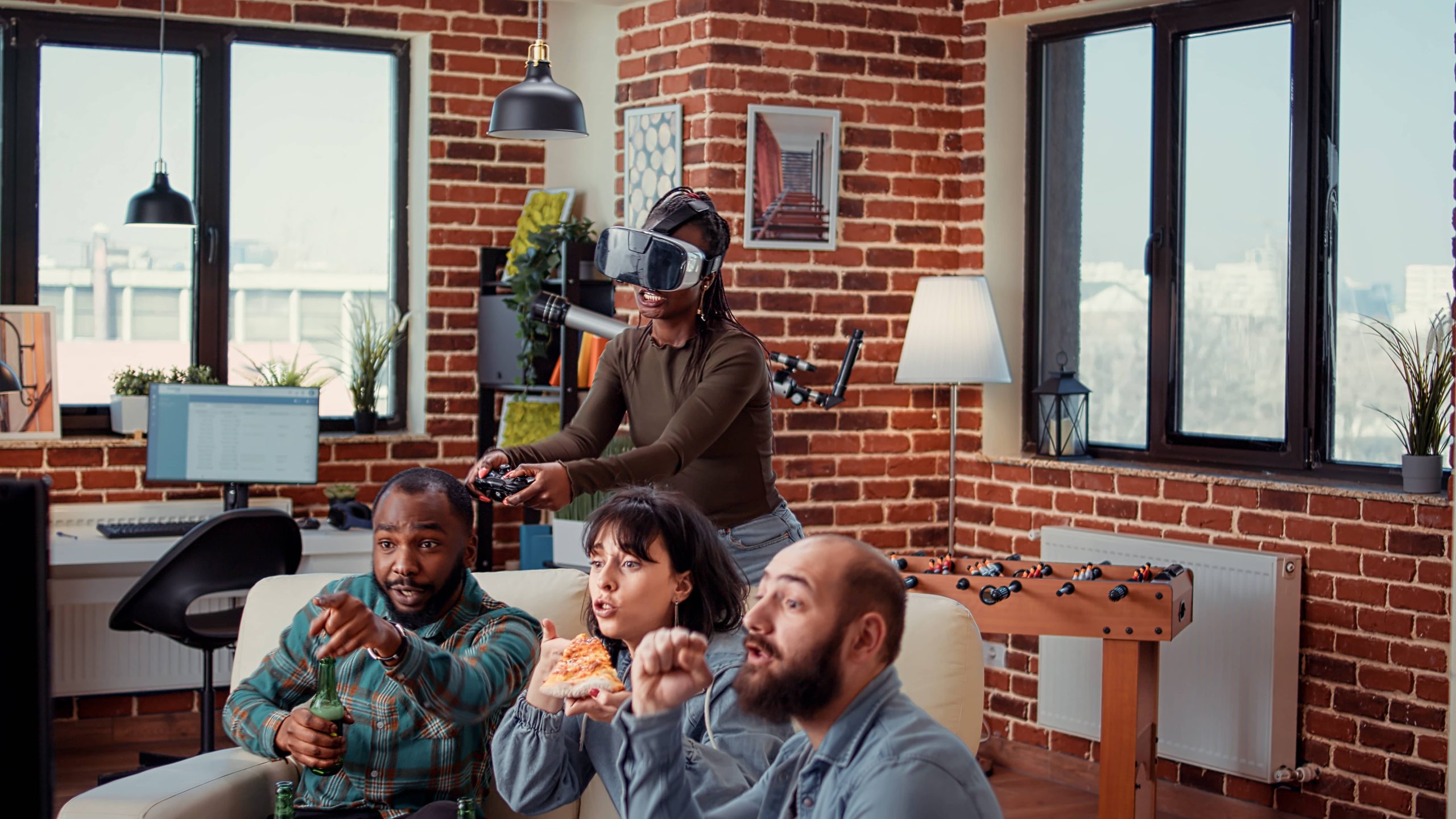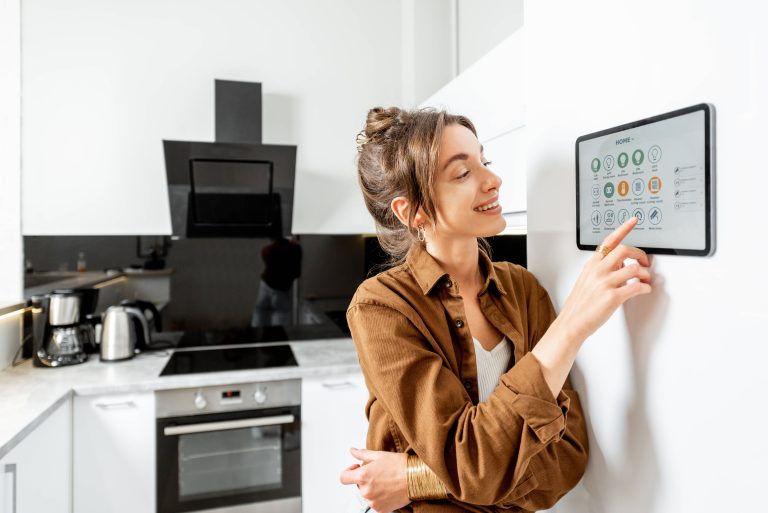
As we venture deeper into the 21st century, the notion of the smart home is evolving in remarkable ways. No longer limited to simple automation and control of home systems, the definition of a smart home now incorporates groundbreaking innovations, with robotics at the forefront. From robotic vacuums cleaning our floors to intelligent personal assistants streamlining our daily tasks, the integration of robotics into home environments is revolutionizing how we live, manage, and interact with our homes. Let’s explore how robotics is transforming smart homes, enhancing convenience, comfort, and efficiency like never before.
The Rise of Robotic Vacuums and Cleaners
The idea of autonomous cleaning robots has been around for quite some time, and they have become increasingly sophisticated over the years. The early iterations of robotic vacuum cleaners were primarily limited to simple navigation and basic cleaning functions. However, modern robotic vacuums, such as iRobot’s Roomba series and the Dyson 360 Eye, take smart cleaning to an entirely new level. These devices now come equipped with advanced sensors, artificial intelligence (AI), and machine learning algorithms that allow them to map out entire homes, differentiate between various types of surfaces, and avoid obstacles with remarkable precision.
These robotic vacuums do more than just clean; they also offer scheduled cleaning times, can be controlled remotely via smartphone apps, and even provide users with detailed cleaning reports. Moreover, some models come with mopping functionalities and self-emptying capabilities, ensuring that your home remains spotless with minimal human intervention.
In addition to vacuum cleaners, robotic window cleaners and pool cleaners have also entered the market, further reducing the manual labor required to maintain an orderly home. These devices leverage similar technologies, ensuring efficient and thorough cleaning of surfaces that were previously difficult to reach or maintain.
Intelligent Personal Assistants
Personal assistants like Amazon’s Alexa, Google Assistant, and Apple’s Siri have become integral components of the modern smart home. These AI-powered entities can manage home automation systems, control entertainment setups, answer queries, and even handle scheduling and reminders. The integration of robotics with these assistants has enabled a seamless interaction between users and their smart homes.
Amazon’s Astro, for instance, is a home robot designed to leverage Alexa’s capabilities while offering physical mobility. Astro can move around the house, providing security surveillance, delivering items to specific rooms, and facilitating video calls. It represents a significant step towards more dynamic and interactive smart home environments.
Other companies are also developing robotic personal assistants equipped with advanced AI that can understand complex commands, recognize family members, and adapt to their preferences. As these systems evolve, they hold the potential to transform daily routines, making homes more responsive and personalized.
Robotic Companions and Pets
The concept of robotic companions is no longer relegated to science fiction. Robotics has allowed for the creation of interactive and engaging robotic pets and companions designed to provide comfort, companionship, and assistance. Sony’s Aibo, an adorable robotic dog, is a prime example. Aibo utilizes AI to learn and recognize its environment and owners, respond to voice commands, and exhibit lifelike behaviors that mimic those of real pets.
For individuals who may be allergic to animals or live in spaces where keeping pets is not feasible, robotic pets offer a heartwarming alternative. These robotic companions can simulate emotional interactions, offer companionship, and even help alleviate feelings of loneliness and anxiety.
Moreover, the field of robotics is expanding to assist individuals with special needs. Therapeutic robots like PARO, a robotic baby seal, are being used in healthcare settings to provide therapeutic benefits to patients with dementia and other cognitive impairments. These robots respond to touch and sound, offering comfort and stimulation through gentle movements and soft vocalizations.
Robotics in Home Security
Home security is another domain where robotics is making significant strides. Traditional security systems have been augmented with robotic technology to deliver more comprehensive and proactive solutions. Robotic security guards, such as Knightscope’s K5 and Cobalt Robotics, can patrol properties, monitor for suspicious activity, and provide real-time alerts. These robots are equipped with cameras, sensors, and AI capabilities that allow them to recognize faces, read license plates, and detect anomalies, thereby enhancing the security of residential properties.
In addition to robotic security guards, drones are being deployed for home surveillance. These drones can be programmed to follow specific flight paths, observe property perimeters, and transmit live video feeds to homeowners or security personnel. This aerial perspective provides an added layer of security and can be particularly useful for monitoring large properties or areas that are difficult to access.
The Future of Smart Home Robotics
The future of robotics in smart homes looks incredibly promising. Advances in AI, machine learning, and sensor technology are continually pushing the boundaries of what home robots can achieve. Integration with the Internet of Things (IoT) will enable even more seamless communication between various smart devices, creating a unified and highly efficient home ecosystem.
Imagine a home where your robotic personal assistant not only schedules your day but also ensures your coffee is brewed just the way you like it, your vacuum cleaner autonomously adjusts its cleaning routine based on the time of day, and your security robots proactively address potential threats. The possibilities are endless and exciting.
Furthermore, the convergence of robotics with augmented reality (AR) and virtual reality (VR) may soon create immersive experiences within our homes. For instance, AR could assist robots in performing complex maintenance tasks by overlaying step-by-step instructions, while VR could enable remote control and interaction with home robots from anywhere in the world.
Conclusion
Robotics is undeniably transforming smart homes, bringing a new level of automation, intelligence, and convenience to our daily lives. From autonomous cleaning devices and intelligent personal assistants to robotic companions and advanced security solutions, the integration of robotics into home environments is creating safer, smarter, and more efficient spaces. As technology continues to evolve, we can expect even more impressive developments in the realm of smart home robotics, further enhancing the way we live and interact with our homes.
For smart home enthusiasts and tech aficionados, these innovations represent not just the future but the present, offering a glimpse into a world where our homes are not just smart but truly intelligent.







